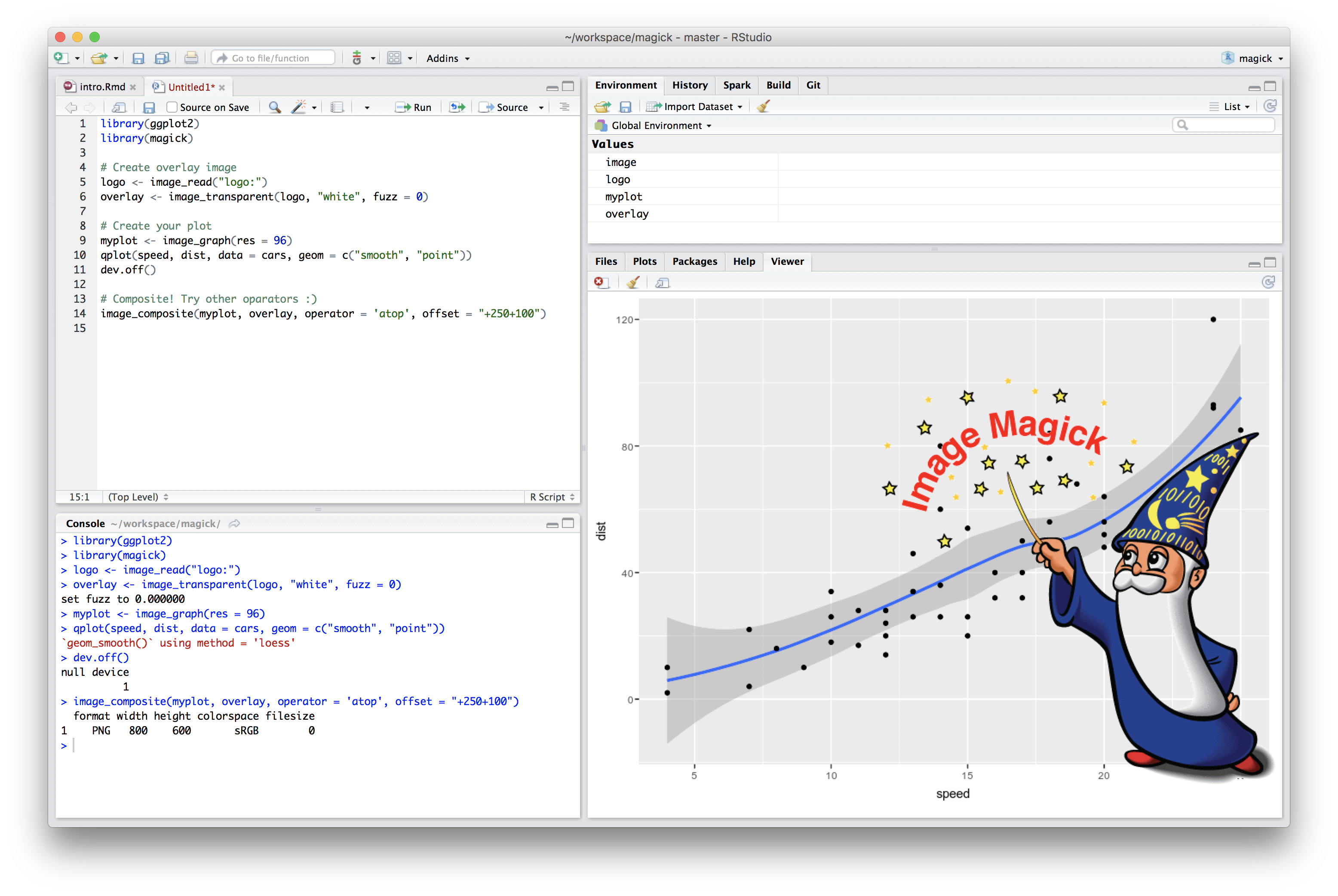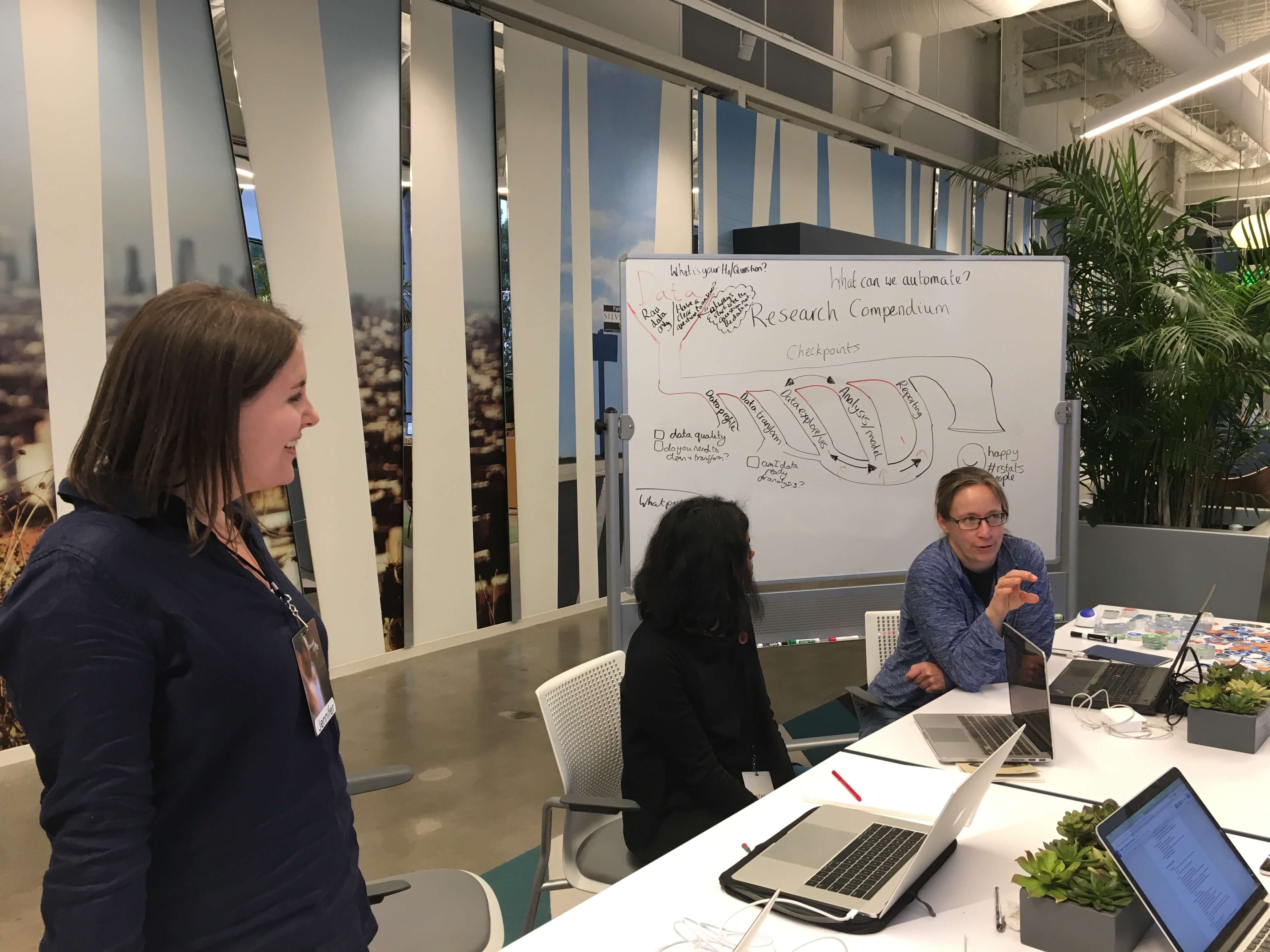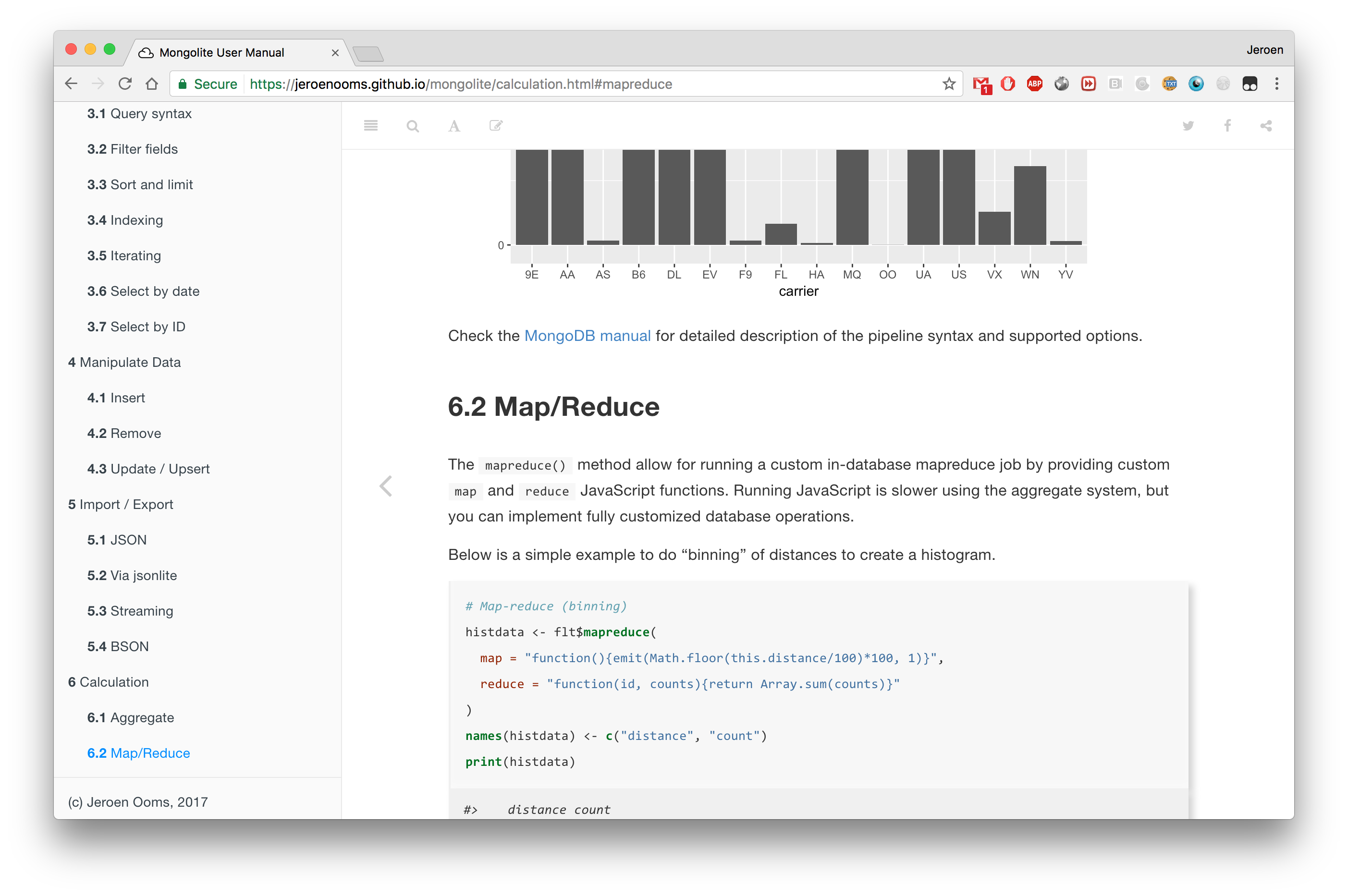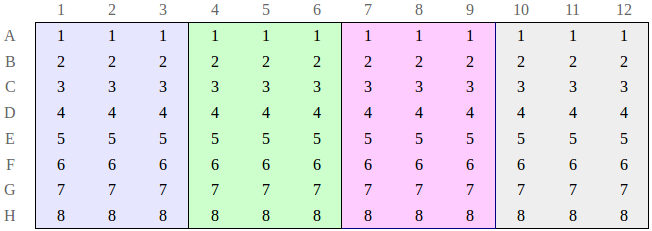
Last week we released an update of the tesseract package to CRAN. This package provides R bindings to Google’s OCR library Tesseract.install.packages("tesseract") The new version ships with the latest libtesseract 3.05.01 on Windows and MacOS.

Last week we released an update of the tesseract package to CRAN. This package provides R bindings to Google’s OCR library Tesseract.install.packages("tesseract") The new version ships with the latest libtesseract 3.05.01 on Windows and MacOS.

Last week, version 1.0 of the magick package appeared on CRAN: an ambitious effort to modernize and simplify high quality image processing in R. This R package builds upon the Magick++ STL which exposes a powerful C++ API to the famous ImageMagick library.
What is Taxonomy? Taxonomy in its most general sense is the practice and science of classification. It can refer to many things. You may have heard or used the word taxonomy used to indicate any sort of classification of things, whether it be companies or widgets. Here, we’re talking about biological taxonomy, the science of defining and naming groups of biological organisms.

Most of us who work in R just want to Get Stuff Done™. We want a minimum amount of friction between ourselves and the data we need to wrangle, analyze, and visualize. We’re focused on solving a problem or gaining insights into a new area of research. We rely on a rich, community-driven ecosystem of packages to help get our work done and likely make an unconscious assumption that there is a safety net out there, protecting us from harm.

Two years ago at #runconf15, there was a great discussion about best practices for organizing R-based analysis projects that yielded a nice guidance document describing research compendia . Compendia, as we described them, were minimal products of reproducible research, using parts of R package structure to organize the inputs, analyses, and outputs of research projects.
Textual data and natural language processing are still a niche domain within the R ecosytstem.

After 2.5 years of development, version 1.0 of the mongolite package has been released to CRAN. The package is now stable, well documented, and will soon be submitted for peer review to be onboarded in the rOpenSci suite.MongoDB in R and mongolite I started working on mongolite in September 2014, and it was first announced at the rOpenSci unconf 2015.

As a lab scientist, I do almost all of my experiments in microtiter plates. These tools are an efficient means of organizing many parallel experimental conditions. It’s not always easy, however, to translate between the physical plate and a useful data structure for analysis. My first attempts to solve this problem–nesting one ifelse call inside of the next to describe which well was which–were very unsatisfying.
This week an update for xml2 and a new xslt package have appeared on CRAN. A full announcement for xml2 version 1.1 will appear on the rstudio blog. This post explains xml validation (via xsd schema) and xml transformation (via xslt stylesheets) which have been added in this release. XML schemas and stylesheets are not exactly new; both xslt 1.1 (2001) and xsd 1.0 (2004) have been available in browsers for over a decade.
A new version of jsonlite package to CRAN. This is a maintenance release with enhancements and bug fixes.